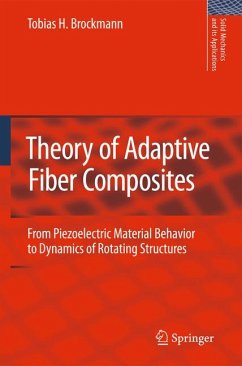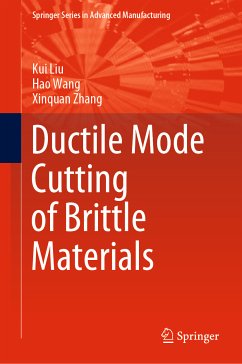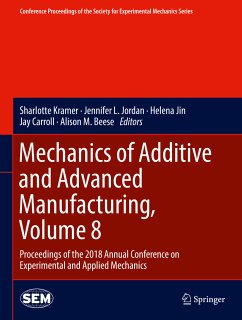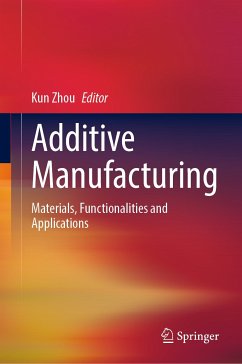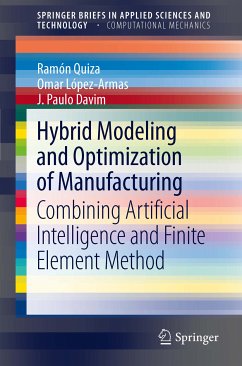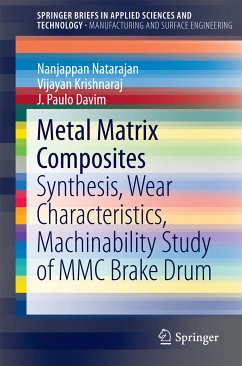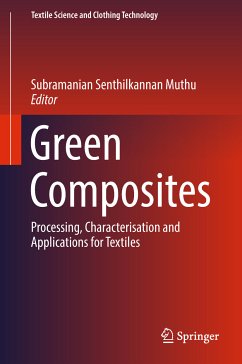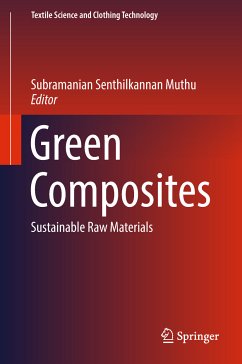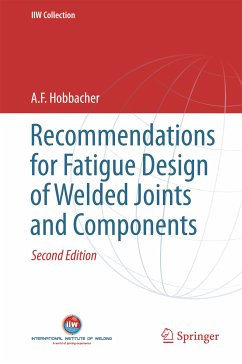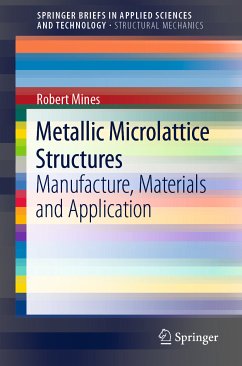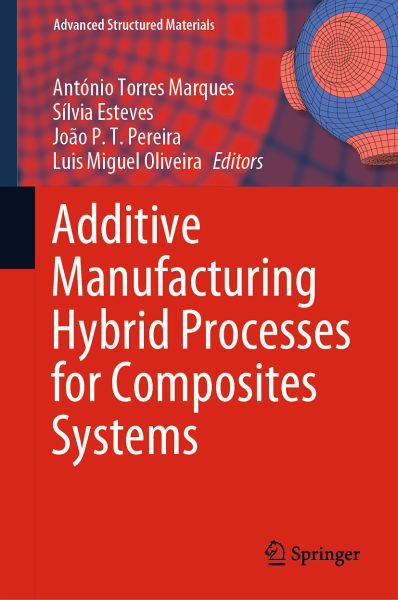
Additive Manufacturing Hybrid Processes for Composites Systems (eBook, PDF)
Versandkostenfrei!
Sofort per Download lieferbar
136,95 €
inkl. MwSt.
Weitere Ausgaben:

PAYBACK Punkte
68 °P sammeln!
This book focuses on the emerging additive manufacturing technology and its applications beyond state-of-the-art, fibre-reinforced thermoplastics. It also discusses the development of a hybrid, integrated process that combines additive and subtractive operations in a single-step platform, allowing CAD-to-Part production with freeform shapes using long or continuous fibre-reinforced thermoplastics. The book covers the entire value chain of this next-generation technology, from part design and materials composition to transformation stages, product evaluation, and end-of-life studies.Moreover, i...
This book focuses on the emerging additive manufacturing technology and its applications beyond state-of-the-art, fibre-reinforced thermoplastics. It also discusses the development of a hybrid, integrated process that combines additive and subtractive operations in a single-step platform, allowing CAD-to-Part production with freeform shapes using long or continuous fibre-reinforced thermoplastics. The book covers the entire value chain of this next-generation technology, from part design and materials composition to transformation stages, product evaluation, and end-of-life studies.
Moreover, it addresses the following engineering issues:
. Design rules for hybrid additive manufacturing;
. Thermoplastic compounds for high-temperature and -strength applications;
. Advanced extrusion heads and process concepts;
. Hybridisation strategies;
. Software ecosystems for hAM design, pre-processing, process planning, emulating and multi-axisprocessing;
. 3D path generators for hAM based on a multi-objective optimisation algorithm that matches the recent curved adaptive slicing method with a new transversal scheme;
. hAM parameters, real-time monitoring and closed-loop control;
. Multiparametric nondestructive testing (NDT) tools customised for FRTP AM parts;
. Sustainable manufacturing processes validated by advanced LCA/LCC models.
Moreover, it addresses the following engineering issues:
. Design rules for hybrid additive manufacturing;
. Thermoplastic compounds for high-temperature and -strength applications;
. Advanced extrusion heads and process concepts;
. Hybridisation strategies;
. Software ecosystems for hAM design, pre-processing, process planning, emulating and multi-axisprocessing;
. 3D path generators for hAM based on a multi-objective optimisation algorithm that matches the recent curved adaptive slicing method with a new transversal scheme;
. hAM parameters, real-time monitoring and closed-loop control;
. Multiparametric nondestructive testing (NDT) tools customised for FRTP AM parts;
. Sustainable manufacturing processes validated by advanced LCA/LCC models.
Dieser Download kann aus rechtlichen Gründen nur mit Rechnungsadresse in A, B, BG, CY, CZ, D, DK, EW, E, FIN, F, GR, HR, H, IRL, I, LT, L, LR, M, NL, PL, P, R, S, SLO, SK ausgeliefert werden.



